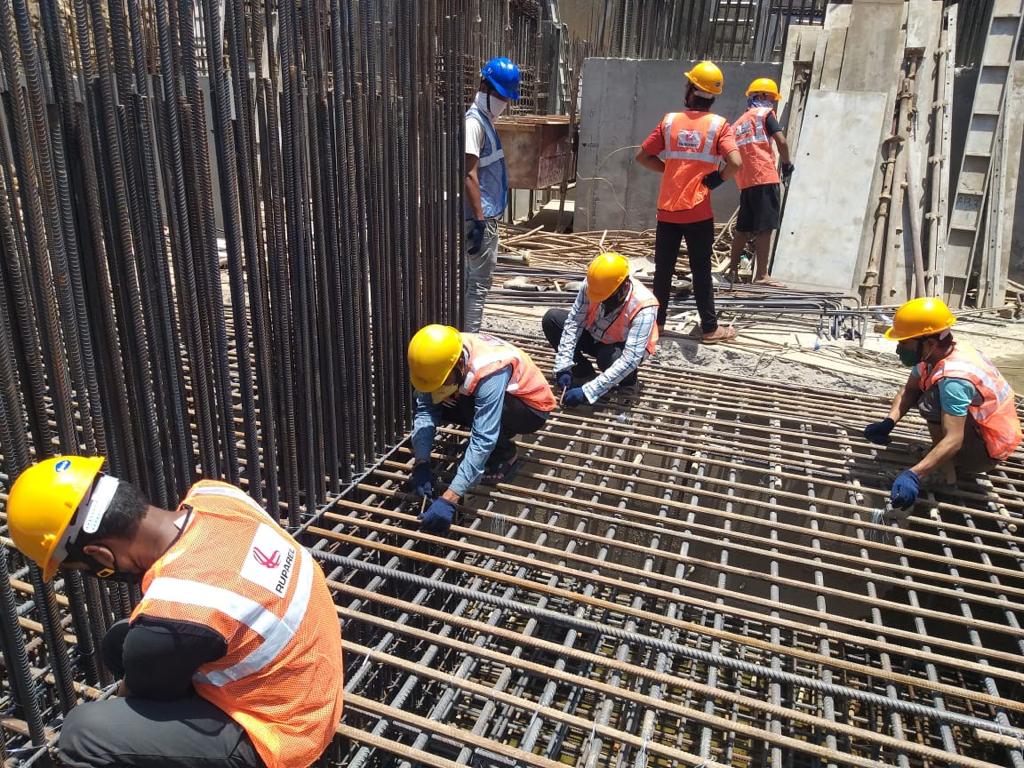New Delhi, September 9, 2024 — IndiaMART, India’s largest B2B marketplace, has released its first comprehensive cement industry report titled “Cementing Growth: An Indian Perspective on the Cement Industry” in celebration of National Concrete Day. The report highlights significant trends, government initiatives, and future growth trajectories within the sector, based on extensive data from interactions on the IndiaMART platform.
The cement industry, a key sector in India with a manufacturing capacity of 583 million tonnes and an annual production of 391 million tonnes, achieved a year-on-year growth rate of 6.8% in FY23 and is projected to grow at 8% in FY25. The sector’s contribution to the economy is underscored by a multiplier effect of 4.16x on economic output and 1.53x on GDP. Notably, for every million tonnes of cement production capacity, 20,000 downstream jobs are created.
The report reveals that IndiaMART facilitated 15.5 million enquiries regarding cement from 2019 to 2023, with major interest from states such as Uttar Pradesh, Maharashtra, Bihar, and Tamil Nadu. Construction and building raw materials constitute 8% of total paid sellers on the platform, reflecting its significance.
Dinesh Gulati, COO of IndiaMART InterMESH Limited, commented, “The vast number of enquiries demonstrates the immense scale of the cement category. This report provides valuable insights into the cement industry, showcasing IndiaMART’s role as a leading platform for connecting buyers and sellers. We hope it enhances the shopping experience for buyers and supports suppliers in making informed decisions.”
Also read: MahaRERA Cancels Registration of ‘Rajlaxmi Developer’ Project Over Fake Commencement Certificate
Key insights from the report include:
- Top 10 cement companies account for 70% of India’s production.
- Cement manufacturing capacities are expected to reach approximately 740 million tonnes by FY2027-28.
- Rajasthan leads in limestone production with 22%.
- Cement and its raw materials rank third in total cargo moved by Indian Railways.
- Rural housing drives the highest cement demand at 29%, followed by urban housing at 25%, infrastructure development at 23%, low-cost housing at 12%, and commercial construction at 11%.
For more details, download the complete report here.









